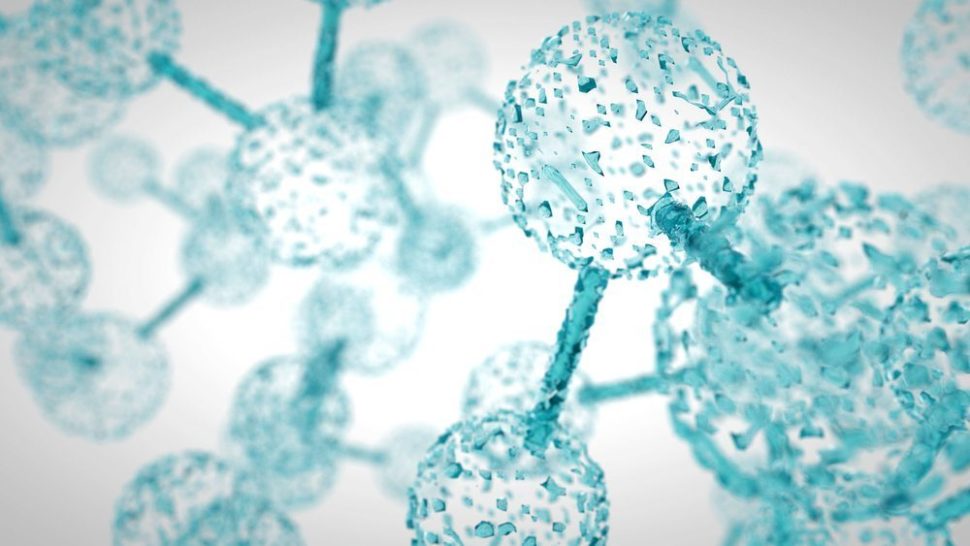Scientists have developed a new method to visualize electric fields at the micrometer scale using an infrared laser and a plate of graphene. The study may have an impact on the medical field, allowing researchers to see how cells relay information via electric signals.
Recently, scientists made use of a material called graphene, which is a layer of carbon that is only one atom in thickness. The material reacts to electric signals much in the same way that camera film reacts to light, only with an incredible amount of sensitivity that allows one to observe electric fields in liquids. Researchers hope to use the new method to observe the electric signals that serve as a network between the human brain and heart.
Researchers hope to use the new method to observe the electric signals that serve as a network between the human brain and heart.
“One of the outstanding problems in studying a large network of cells is understanding how information propagates between them,” says Halleh B. Balch, a co-lead author of the study.
The name of the new method is the CAGE system, or Critically coupled waveguide-Amplified Graphene Electric field imaging device, and the findings are published in the journal Nature Communications.
Visualizing Electric Fields
Existing techniques that measure the electrical signals in cells are hard to scale and can be inefficient when trying to trace the individual electrical impulses in a particular cell, but the use of graphene is an innovative way around those problems.
According to Balch, “the basic concept was how graphene could be used as a very general and scalable method for resolving very small changes in the magnitude, position, and timing pattern of a local electric field, such as the electrical impulses produced by a single nerve cell.”

The new method should make it easier for researchers to make single-cell measurements of these electrical fields, and according to Bianxiao Cui, it will not disturb cells in any way, making it entirely different from existing methods that rely on the genetic or chemical modification of the cell membrane.
How Graphene Absorbs Light
Graphene is made of carbon atoms that are arranged in a honeycomb structure.
This material is abuzz in the R&D world because it combines strength, conductivity, chemical stability and other properties into one substance.
The material is everywhere; it’s used in computer circuits, display screens, drug delivery systems, solar cells and batteries- just to name a few.
By focusing an infrared light through a lens and onto a sheet of graphene, researchers were able to create their visualization of the electric field in a liquid suspended above the graphene.
Researchers used tiny electrical pulses into the fluid, which slightly disrupted the graphene’s light absorbing qualities, allowing some light to escape in a way that provided the images that created the graph shown above.
Sensitivity Within a Millionth of a Volt
The CAGE is extremely sensitive to voltages comprised of just a few millionths of a volt, making it perfect to observe the networks between heart and nerve cells, which range from thousandths of a volt to the tens of microvolts.
The graphene sheet enables scientists to pinpoint the location of an electric field down to ten microns, and it can capture the fading strength of that field in intervals as fast as five milliseconds.
One sequence even showed the fade, or dissipation and position of a local electric field, generated by a ten-thousandth of a volt pulse over about 240 milliseconds, and it was sensitive enough to record down to around 100 millionths of a volt.
Living Cells are the Next Target
Batch notes that there are already plans to use living cells in future studies, specifically heart cells since there are several possible applications for this method in the areas of heart health and drug screening.
The graphene is sensitive to anything that carries an electrical charge, says Batch, making the system scalable and applicable to a broad swath of research.Click To TweetAdditional materials can also be studied, as other atomically thin materials may be usable in the imaging system.
The study presents a new step in understanding the biology of various critical biological systems, and that means that it could represent a big step for the medical community.














Comments (0)
Most Recent